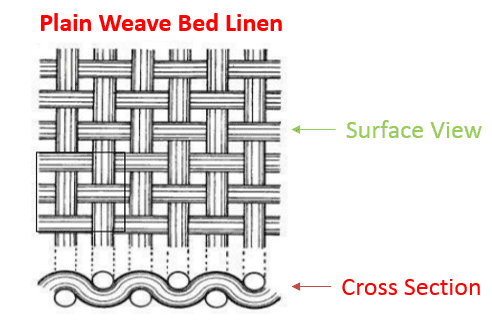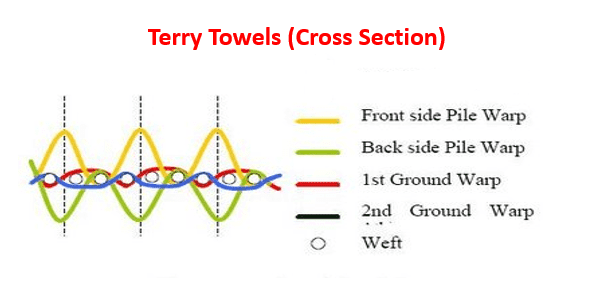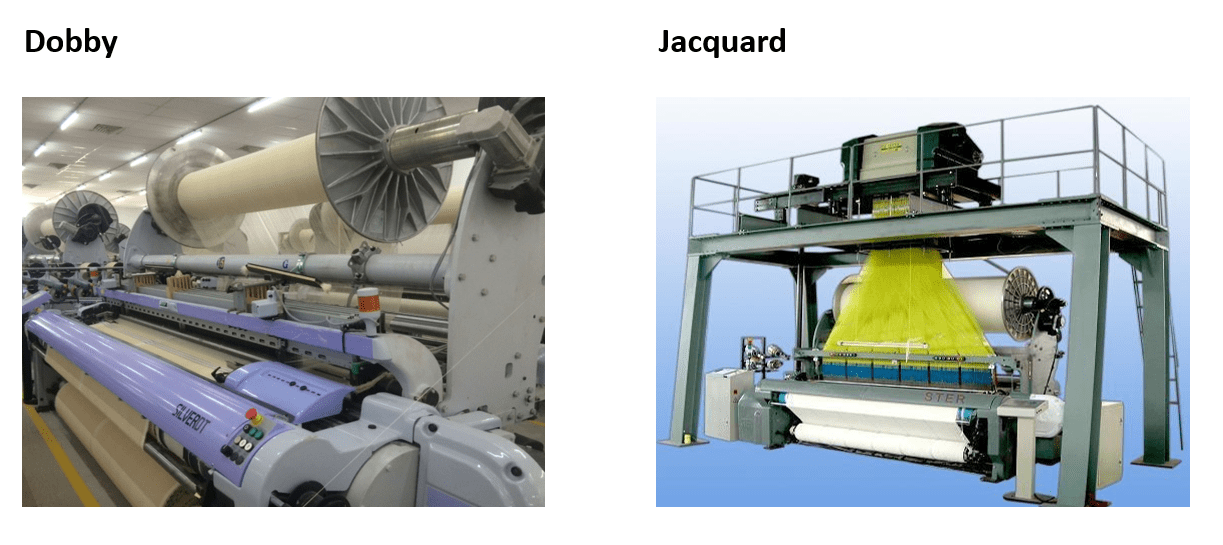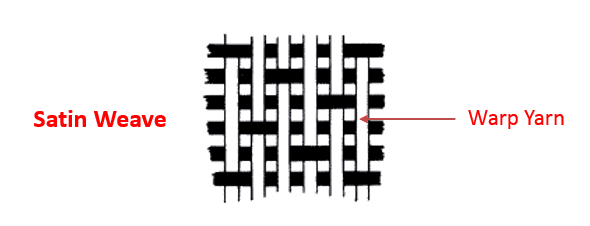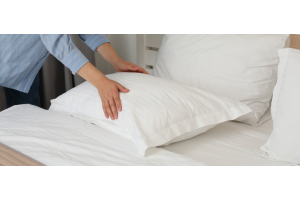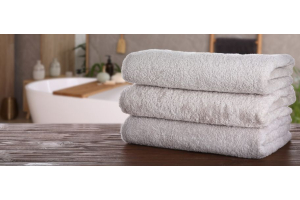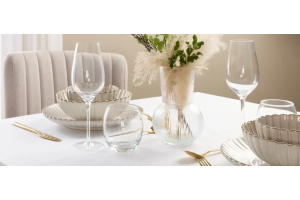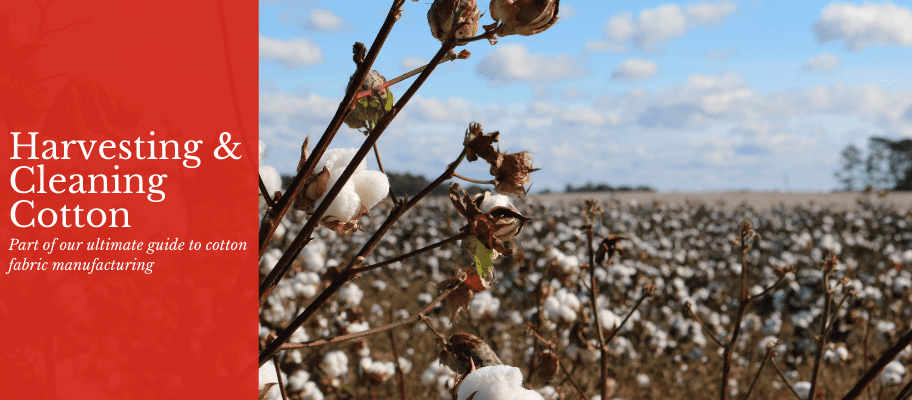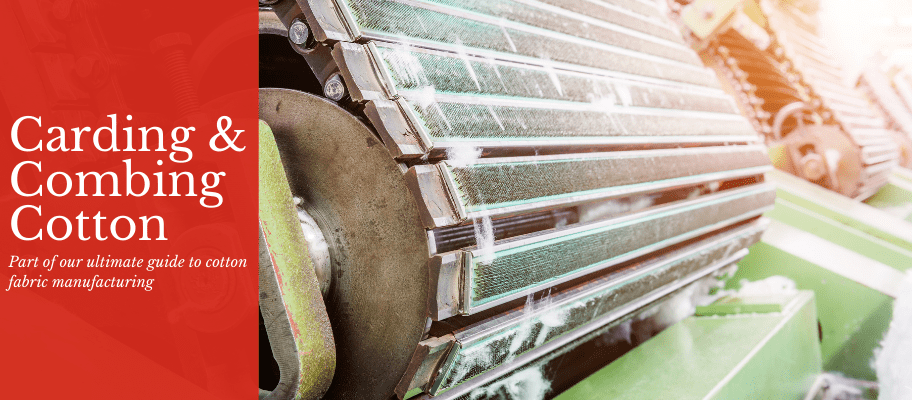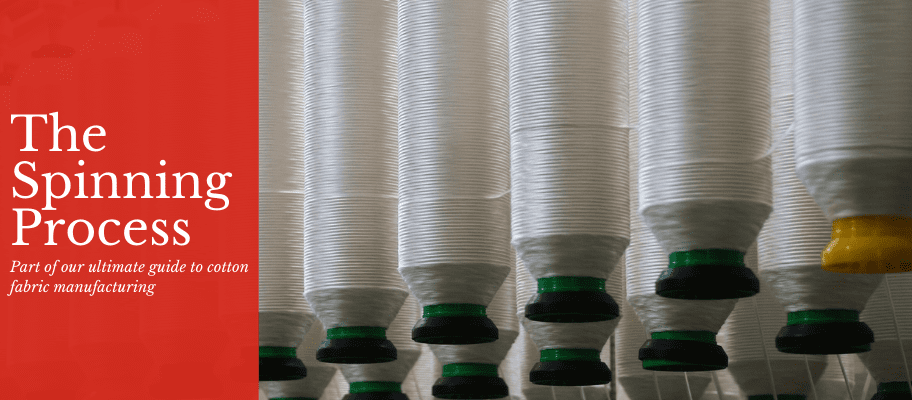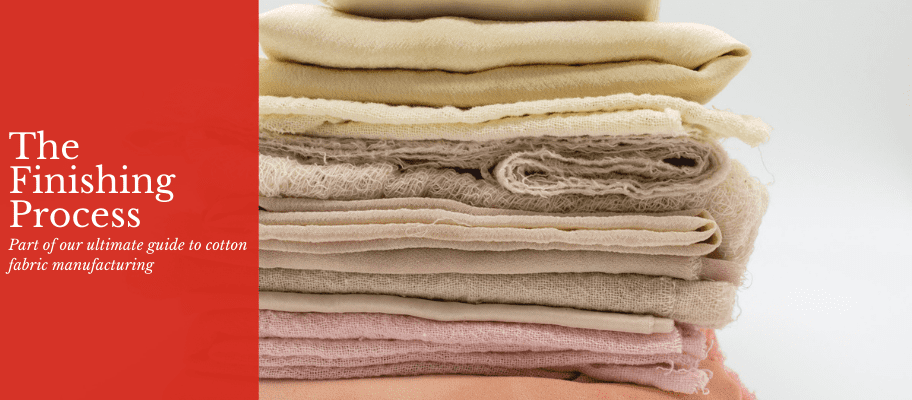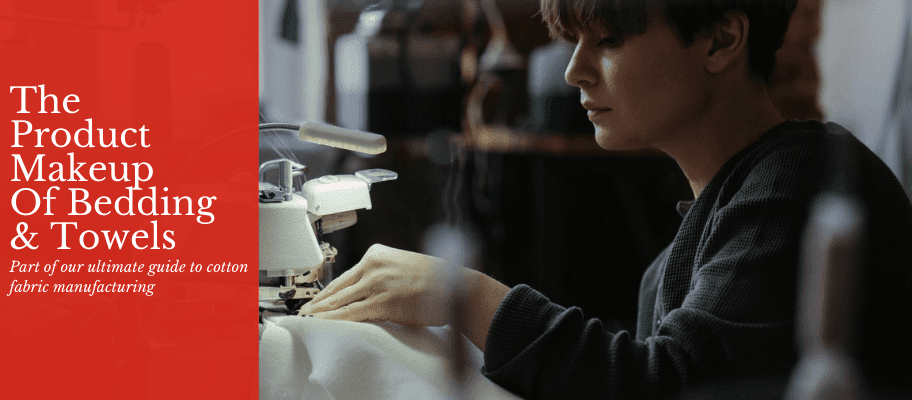We use cookies to give you the best possible experience. To accept cookies continue browsing, or view our Cookies Policy to find out more.
The Ultimate Guide To Cotton Fabric Manufacturing: Part 4 - The Weaving Process
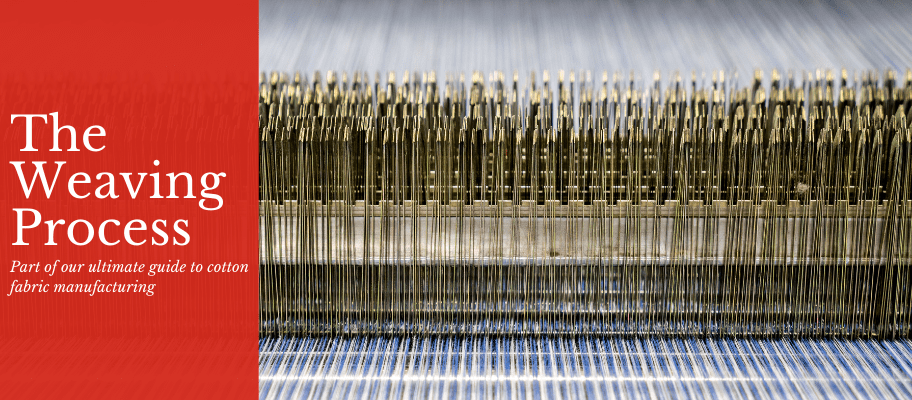
In our last instalment we went through the spinning process to show you how the yarn is created. In this instalment it’s time to delve into weaving.
A Brief Overview of the Weaving Process
Weaving is a process in which two sets of yarns are weaved together to make a fabric. The lengthway threads, known as the warp and cross way threads known as the weft, are interlaced on a loom to form the desired fabric.
For bed linen fabrics the process involves two sets of yarns, the warp and the weft.
In towels, such as terry towels, we use three sets of yarns; ground warp, weft, and pile warp for the pile loops.
Woven fabric is produced on a loom. Hundreds of strong warp yarns from the spinning process are wound onto a large warp beam (basically rolls of yarn). The warp yarns are coated with a sizing compound, usually starch, which is done to supply strength and speed for the weaving process.
The warp yarn is then threaded onto the loom itself from the beam and held in place. After this, the weft yarn is inserted at high speed, which passed under and over the warp threads cross the width of the loom. The weave pattern is determined by the lifting order of the warp yarns to allow the weft to be inserted.
In power looms there are three primary movements of the loom:
- Shedding: This divides the warp into two lines to allow a shuttle to pass between them. In ‘open shedding’ the pattern decides when the warp threads are moved from one line to the other. In ‘closed shedding’ the warp threads are level in one line after each pick.
- Picking: Where the shuttle is projected from side to side of the loom through the division in the warp threads. This is done through an overpick or underpick motion. The overpick motion is used in quick-running looms while the underpick motion is used in heavy or slow looms.
- Beating-up: Used then making cloth and describes the action of the reed (part of a weaving loom that resembles a comb) as it drives each pick of weft to the fell of the cloth.
The woven cloth is referred to as “greige” or ‘loomstate’.
Types of Weaving Machinery for Bedlinen.
Dobby and jacquard looms are used to weave bed linen depending on the required design.
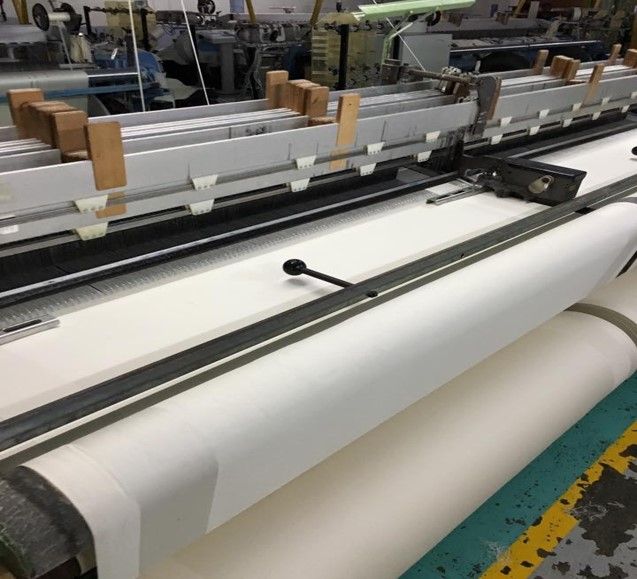
On the dobby loom a group of warp threads are threaded through needle like structures which are connected to a heald shaft. The heald shafts are lifted in a pre-programmed order and the weft yarn is fired across the width. The order the heald shafts are lifted and the number of the heald shafts lifted as the weft is inserted is what gives the fabric its pattern. The dobby loom is generally used for simple weave designs such as plain and stripe and isn’t suited for complex designs.
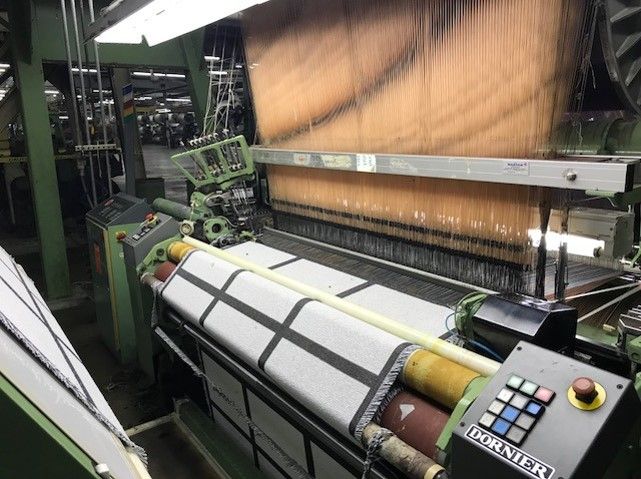
On a jacquard loom, each warp threads is threaded on to a wire which can be lifted individually for the weft to be inserted. The wires are programmed to lift in various sequences as the weft yarn is inserted to give more complex patterns on the fabric. The jacquard loom allows more intricate and complex weave designs such as logo’s or floral patterns.
Types of Weaving Machinery for Towels
For towels, the dobby and jacquard looms run on the same principles as described in the bedlinen section. However, the machines themselves have an extra feed of yarn that’s used for the pile loops in the towels.
Types of Weaves
In regards to hotel bed linen, these are examples of the different types of weave patterns that are most commonly seen.
Plain weave: In a plain or percale weave the weft yarn passes under and over each warp yarn to give a more firm, crisp handle to the fabric. This is more durable as the yarns are all interwoven. It's normally used with thread counts of 180 and above.
Satin or sateen weave: In satin/sateen weaves the warp sits on top of a number (usually 4 or 5) weft yarns so that more of the warp yarn is visible on the fabric surface. This gives the process a higher lustre for a shinier and silkier appearance. It also has a softer and less stiff hand feel. However, the downside is that a satin weave fabric is more likely to go bobbly as more of the yarn is exposed on the fabric surface where it is more easily rubbed and yarn (you can somewhat deter this process by reading this article). In a satin stripe weave there is an alternating satin and reverse satin weave to create the stripe appearance.
The weave type and the number of warp threads in relation to weft threads will affect the stability of the fabric and also affect its shrinkage. To give the most stable fabric, the number of threads per inch in the weft should be as close as possible to the number of threads in the warp to give a balanced construction e.g. 100 x 100 to give a 200 thread count fabric.
There is always a tendency to have fewer weft than warp threads as inserting more weft is more time consuming during weaving and therefore more costly. So, instead of 100 x 100 for example, you are more likely to see 110 x 90 as this is more cost-effective but will still give a more stable fabric.
In a satin or sateen fabric, the weave is more flexible as the yarns are not interlaced with each other as much as in a plain weave and, as such, can move more freely.
That’s a wrap for our explanation of the weaving process. Come back next time where we’ll be diving into the fabric finishing process!
As always, you can read the other parts of our guide by clicking on the links below.
The full guide:
Read Part One - The Harvesting and Cleaning Process
Read Part Two - The Carding and Combing Process
Read Part Three - The Spinning Process
Read Part Four - The Weaving Process
Read Part Five - The Finishing Process
Read Part Six - The Product Makeup Process For Bedding & Towels


